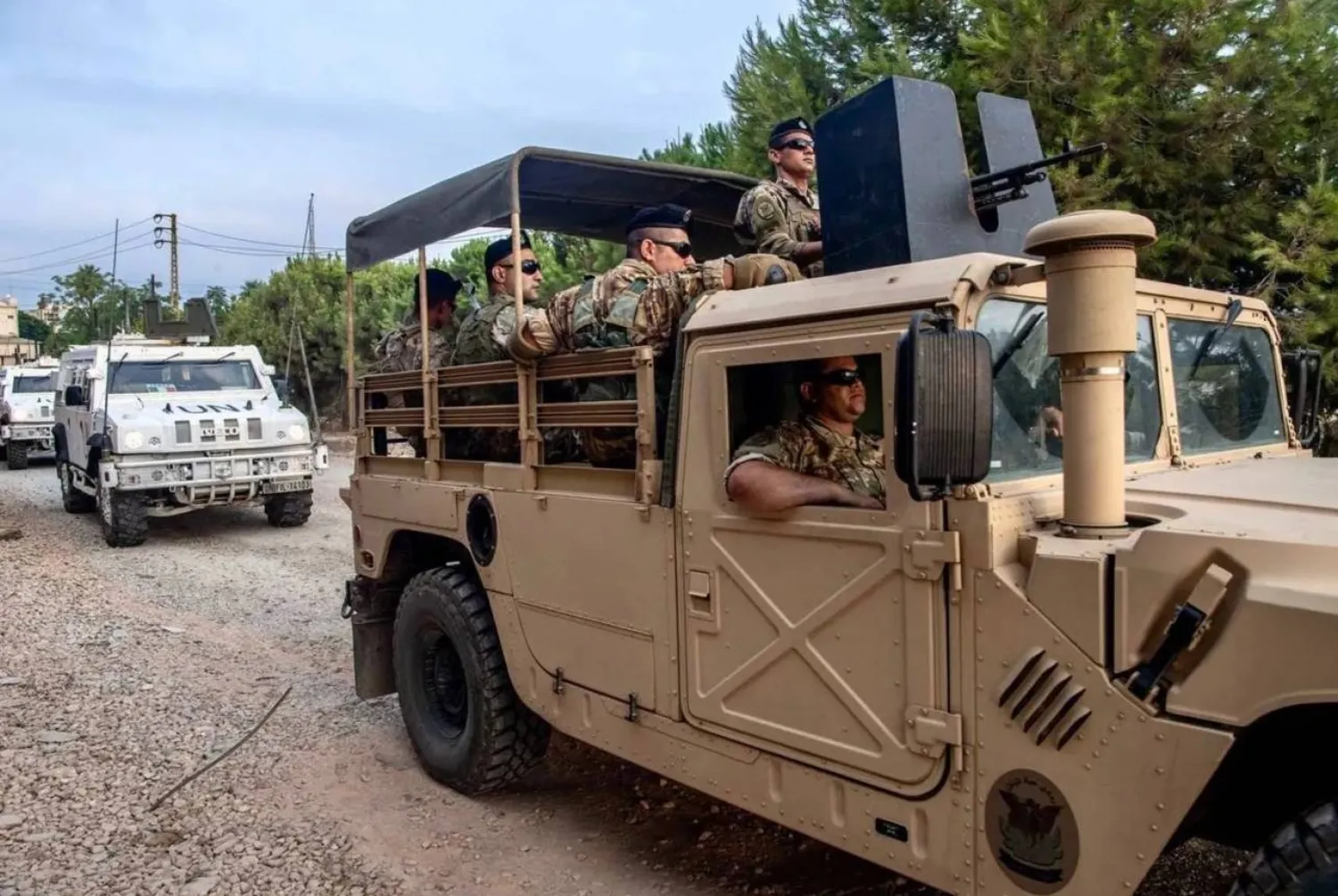Europe's coast guard agency said Sunday it was looking for a dinghy believed to be carrying dozens of migrants when it went missing after setting sail from Libya for Italy.
The UN refugee agency told AFP it was "very worried" about the fate of what could be 85 migrants lost in Mediterranean Sea.
Two German monitors of dangerous migrant crossings first reported spotting four boats in distress off the southern coast of Malta over the weekend.
The European Union's Frontex border guard and coast guard agency later told AFP that one of the four boats had safely reached Italy and another two were still at sea.
It said a fourth boat initially spotted on Friday was unaccounted for.
"Frontex plane will fly again (Monday) morning in search of the remaining boat," a spokesman told AFP.
A spokeswoman for the United Nations High Commissioner for Refugees (UNHCR) said it appeared that the missing boat had capsized.
"We are very worried," UNHCR spokeswoman Carlotta Sami told AFP.
Frontex said it had notified the coast guard authorities of Italy and Malta about the boats at sea.
Neither country's border authorities commented on the reported shipwreck when contacted by AFP.
Germany's Sea-Watch International group showed the boats' geolocation -- including one boat marked "unknown GPS contact lost" -- on its official Twitter account.
Sea-Watch presumed that the lost boat was carrying 85 people.
It said the other three boats were carrying 173 migrants in all.
Germany's United4Rescue monitor of migrant crossings said in a statement that it was receiving the same reports and feared for the lives of "dozens".
Italy has long established itself as the primary European port of entry for migrants seeking refuge from Africa and the Middle East.
But the Mediterranean country shut down its ports and said it would quarantine any illegal migrants because of the coronavirus pandemic.
The Swiss-based International Organization for Migration (IOM) said the reports were "very worrying" but difficult to verify.
"In the absence of boats in the area, it is very difficult at the moment to confirm that there has been a shipwreck, or the number of victims involved," IOM Italy spokesman Flavio Di Giacomo told AFP.
"And unfortunately, from experience, we also think it is likely that there have been shipwrecks of which we are not aware."









